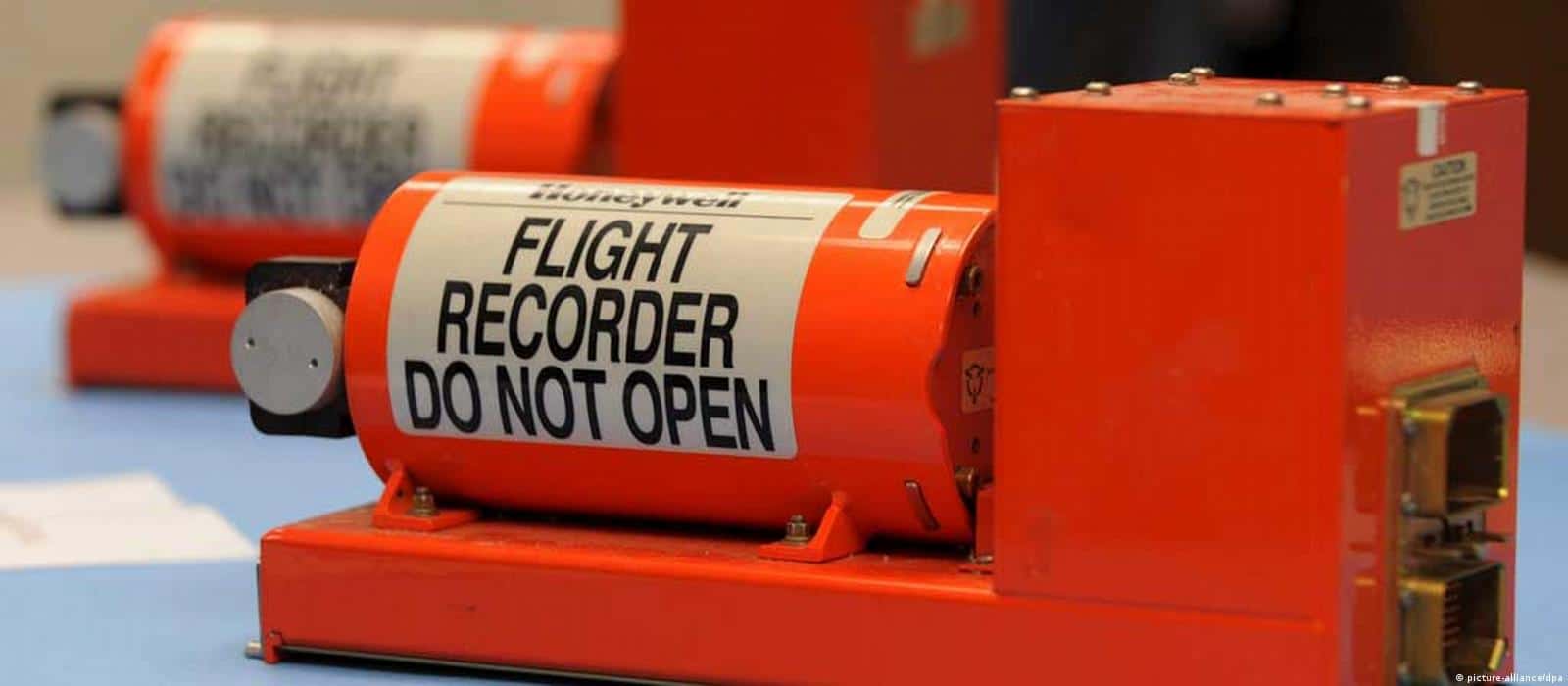The Beginnings
The Evolution of the Black Box is a journey deep into aviation’s heart. This pivotal device didn’t just emerge; it was born out of necessity. As aviation grew, so did its challenges. Air incidents became a rising concern. Aviation experts felt a pressing need. They sought a tool to decode flight mishaps.
To dive into a plane’s final moments, to understand the unsaid. This desire culminated in the Black Box’s birth, forever changing air travel safety.
A Visionary Idea
In the 1950s, Dr. David Warren, an Australian scientist, had a groundbreaking idea. He imagined a device. This device would record flight details and cockpit conversations. When he proposed it, many in aviation weren’t convinced. Despite the doubts, he built a prototype.
He named it the “Flight Memory.” Initially, the concept faced resistance. However, over time, his innovation started to gain traction. Eventually, it reshaped aviation safety standards globally.
Recording Voices and Data
The primary purpose of early Black Boxes was clear: capture flight parameters. These versions recorded basic data points like altitude and speed. Soon, a significant enhancement came.
The technology started recording cockpit conversations. This was a huge step. Voices gave context to data. It transformed incident analyses, offering a clearer picture of events leading to mishaps.
Improvements in Technology
With each decade, the Black Box saw upgrades. Early models were good, but advancements made them great. They began capturing a broader spectrum of data. From engine temperatures to intricate pilot inputs, nothing was missed. These improvements played a pivotal role. They ensured comprehensive data collection during flights, painting a fuller image of every journey.

Surviving Adverse Conditions
Black Boxes aren’t just data recorders. They’re technological marvels. Modern versions can weather harsh conditions. From enduring intense impact forces to surviving blazing fires, they’re built tough.
Their design specifications are stringent. Deep ocean pressures? They withstand that too. Such resilience ensures that, post incidents, data remains accessible.
Locating the Black Box
Post-crash, finding the Black Box is paramount. This task isn’t always easy. Hence, they come equipped with beacons. Upon impact, these beacons activate.
They emit signals for up to 30 days. This feature is vital. It aids investigators, guiding them to the box’s location. Be it dense forests or oceanic depths, the beacon’s signals pierce through, simplifying retrieval efforts.
Future Advancements
The journey of the Black Box doesn’t end here. The aviation industry is ever-evolving. There’s talk of a new feature. What if flight data could be streamed live?
Real-time data transmission is being considered. This could be revolutionary. Immediate access to data can provide live insights. It might further refine safety protocols and expedite investigations.
The Indispensable Tool
In the realm of aviation, some tools stand out. The Black Box is one. It’s not just about data. It’s about understanding. Every major air incident investigation seeks its insights.
It sheds light on mysteries. It offers explanations where there seem to be none. This tiny device plays an oversized role in making skies safer.
